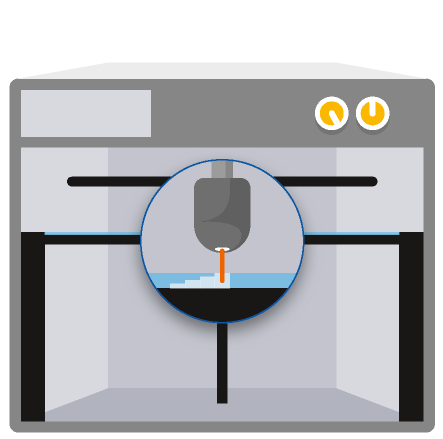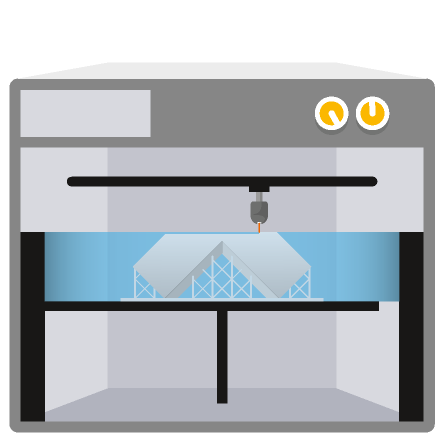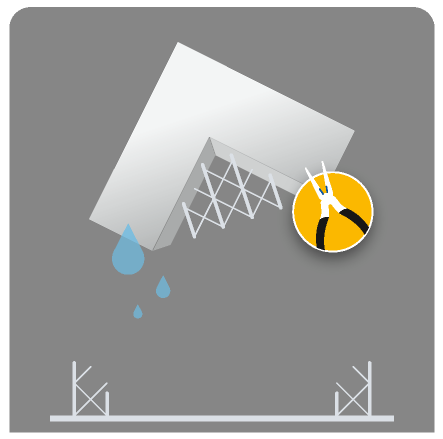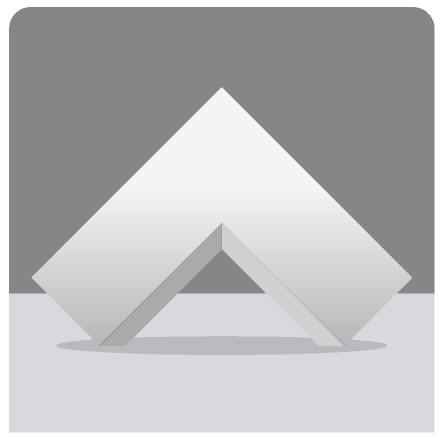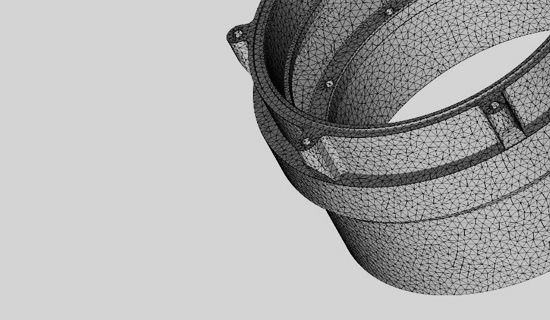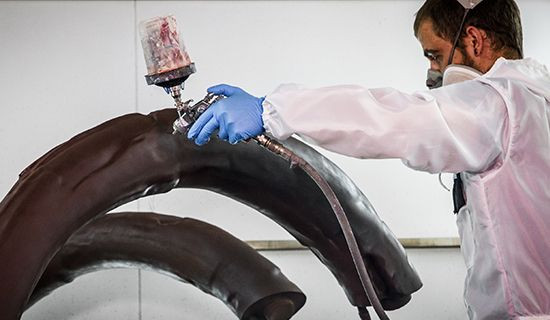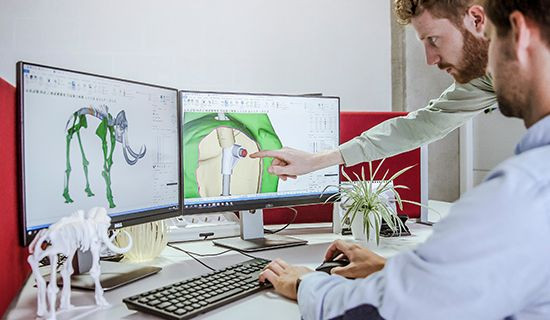Taurus is a charcoal black material with strong mechanical properties, including a high elongation at break and thermal resistance. Its black surface is helpful in detecting surface imperfections, and Taurus exhibits high surface detailing and precision, making it an ideal choice for the aerospace and automotive industries. Suitable applications include functional prototypes and form-, fit- and function-testing. For an SLA material, Taurus is remarkable for its thermoplastic-like appearance and performance. If you need the look and feel of an injection-molded part with fast lead times, Taurus is what you’re looking for.
Technical Specifications
| Standard lead time | Minimum of 3 working days, depending on part size, number of components and finishing degrees |
| Standard accuracy | ±0.2% (with lower limit on ±0.2 mm) |
| Layer thickness | 0.1 mm |
| Minimum wall thickness | 1 – 3 mm (depending on part dimensions) |
| Maximum part dimensions | 500 x 500 x 568 mm Maximum part dimensions can vary according to the chosen material and the geometry of the part |
| Interlocking or enclosed parts? | No |
| Surface structure | Unfinished parts typically have visible building layers on the surface but post-production finishes can achieve different effects, from high glosses to coarse textures. Stereolithography parts can be sandblasted, painted, varnished, covered and coated |
Datasheet
| MEASUREMENT | VALUE | STANDARD |
|---|---|---|
| Density | 1.13 g/cm³ | |
| Tensile Strength | 46.9 MPa | ASTM D638-14 |
| Tensile Modulus | 2310 MPa | ASTM D638-14 |
| Elongation at Break | 17% | ASTM D638-14 |
| Flexural Strength | 73.8 MPa | ASTM D790-15e2 |
| Flexural Modulus | 2054 MPa | ASTM D790-15e2 |
| Notched Izod Impact | 47.5 J/m | ASTM D256-10e1 |
| Hardness (Shore D) | 83 | ASTM D2240-05 |
| Heat Deflection Temperature | 62°C 50°C |
ASTM D648-16 @ 0.46 MPa @ 1.81 MPa |
Actual values may vary with build condition
How Does Stereolithography Work?
Stereolithography is a laser-based technology that uses a UV-sensitive liquid resin. A UV laser beam scans the surface of the resin and selectively hardens the material corresponding to a cross section of the product, building the 3D part from the bottom to the top. The required supports for overhangs and cavities are automatically generated, and later manually removed.


